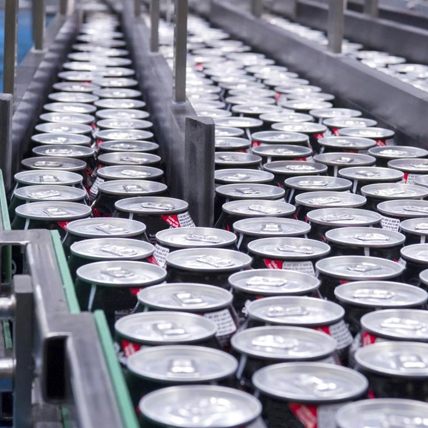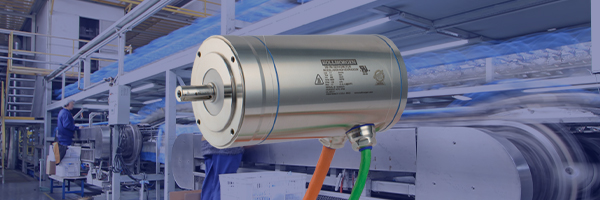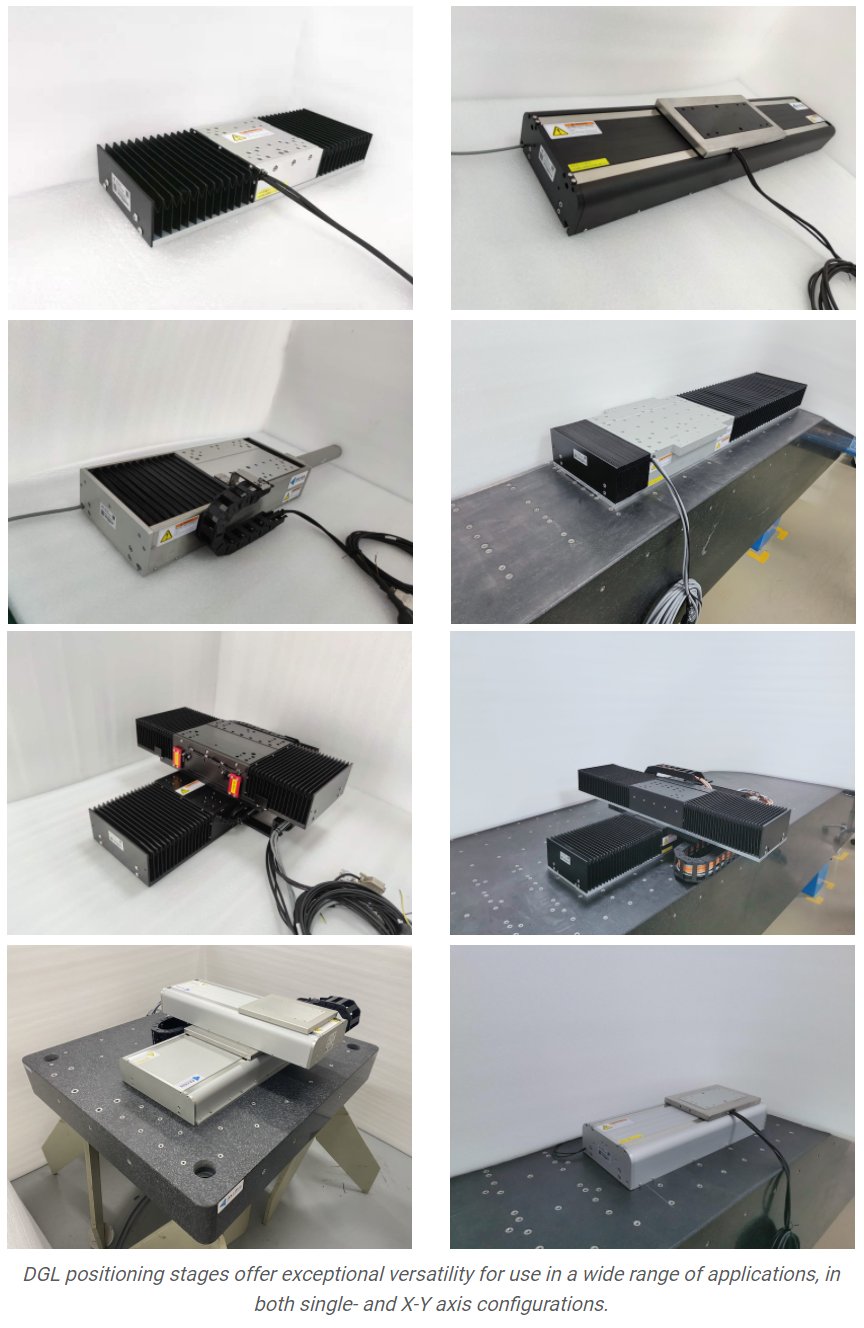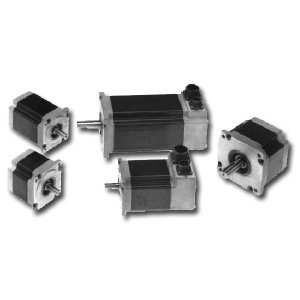Eliminate Bottlenecks in Canning Plants with VFD
October 24, 2022 Leave a comment
Article Posted by Parker’s Electromechanical Team on 15th July, 2020 on the Parker Motion & Control Technology Blog

How do you eliminate a bottleneck in a food and beverage canning plant? Apply good engineering design and use a variable frequency drive solution. Beverage bottling or canning has always been a complex process, requiring strict control over a number of operating parameters. Accuracy of line speed, liquid flow rate, and pressure, temperature, and timing is crucial to maximizing output and reducing or eliminating the rejected products.
Jam ups result in lost production
Parker was contracted by a beverage packaging facility with a problem. The plant was losing production due to jam-ups and inconsistent temperature control of a can warmer line, resulting in a rejected product. Not only was the rejected product wasted, but it then had to be destroyed and disposed of at considerable expense. Factoring in lost production time, a jam could cost up to $6000 per incident.
Faced with a 9 month waiting period for major capital approval to replace the line, the maintenance department was instead tasked with upgrading the existing control system. The existing system was over 20 years old and used a fixed speed “across the line” starters for pump control.
The customer was open to replacing these with variable frequency drives (VFDs) for their better controllability and accompanying energy savings, but physical mounting space would not permit the estimated 80″ wide cabinet required for eight conventional drives and the peripheral devices that each separate drive required. Typically each drive requires additional components like line fuses, circuit breaker or disconnect, and an input line reactor. With a limited budget, material and installation costs had to be kept to a minimum.
Engineered benefits of a VFD solution
Parker proposed a variable speed drive system solution to take control of 8 axes of motion on the canning line. It came with a number of benefits:
- The compact AC890 series, by virtue of its “bookshelf” design, required much less mounting space than conventional drives.
- The common bus design eliminated the need for eight individual line reactors and circuit breakers, requiring only one for the common supply that would feed the lineup of DC input drive modules.
- The common bus architecture delivered energy efficiency. When in operation, if one or more of the eight motors are subject to an overhauling load, the resulting regenerated energy will be shared across the DC bus with other drives in the system.
- Space savings were realized by the fact that the AC890 has abundant I/O and processor capability onboard, eliminating the need for additional PLC equipment. The drive itself would take on the analog and high-speed counter functions.
To communicate with the outside world, one of a number of available protocols can be selected and installed in the AC890 drive in the form of an option card. In this case, an Ethernet/IP communication card provided compatibility with the existing network. The complete system was comfortably fit on a 36″ x 60″ panel, which was installed in an existing stainless steel enclosure, eliminating the expense of a new one.
Efficient cooling
To efficiently cool the drives, an air-to-liquid heat exchanger was used. Makeup water from the can warming loop was used to supply the heat exchanger, using far less energy than an air conditioner, and have the side benefit of pre-heating the makeup water. This results in less energy used to heat the cans, by capturing waste heat from drives. In addition, advanced features in the AC890 allow the hot water pumps and conveyors to be coordinated for better can temperature control. Line jam-ups, caused by cans getting excessively hot and deforming, were eliminated once the more efficient and better-coordinated control system was installed.
Production problem eliminated
In summary, this system retrofit was successful in eliminating a serious production problem that led to the rejected products, and in doing so, also yields significant energy savings. Due to the compact size and common bus architecture of the AC890, an economical installation was achieved, using no additional plant floor space, and easily tying into the existing communications network.
====================================================================
For further information on Parker products contact Micromech on 01376 333333 or Email sales@micromech.co.uk
Disclaimer
Licensing for these images came with permission from the Parker Hannifin Media Manager collection.
Article reposted with Parker Hannifin’s permission.


 What is the best motor technology to use in a motion control application? There are numerous technologies to create motion, from hydraulic to pneumatic or electromechanical. In the world of precision motion control, many machine designers face a choice between step motor or servo motor technologies to solve their performance requirements. Both stepper motors and servo motors have a place in the motion control world but understanding when to use each has created a big debate.
What is the best motor technology to use in a motion control application? There are numerous technologies to create motion, from hydraulic to pneumatic or electromechanical. In the world of precision motion control, many machine designers face a choice between step motor or servo motor technologies to solve their performance requirements. Both stepper motors and servo motors have a place in the motion control world but understanding when to use each has created a big debate.